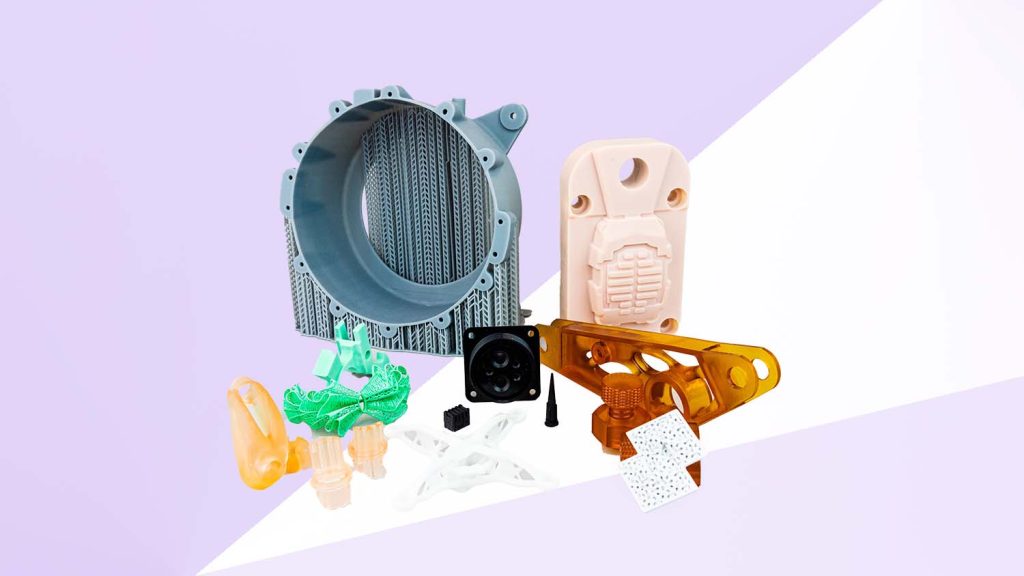Stratasys has announced 16 new materials across three of its 3D printing technologies, including third-party ‘validated’ materials for its FDM 3D printers for the first time, new exploratory materials for the Origin One 3D printer, and polypropylene powder for its SAF technology H350 3D printer.
In its most important sector, FDM, Stratasys is partnering with third-party materials providers Covestro, Kimya, and Victrex to produce ‘Stratasys Validated’ materials, which means they have passed basic reliability testing, and won’t void the warranty of the 3D printer.
These will be made available starting with the Fortus 450mc platform and are expected to ship before the end of the year, and signal a changing attitude by Stratasys to embrace the expanding materials market.
The new FDM materials include:
- High performance polymers: Arkema/Kimya PEKK-SC, a semi-crystalline PEKK thermoplastic polymer based on Kepstan by Arkema; and Victrex AM 200, a semi-crystalline LMPAEK thermoplastic filament compatible with soluble support.
- Reinforced and specialty polymers: Covestro PA6/66 GF20 FR, a flame-resistant, glass fiber composite material
- Engineering polymers: Kimya PC FR, a flame-resistant polycarbonate material
- Standard Grade Polymer: HIPS high impact polystyrene
Stratasys also continues to expand the use cases served by its resin-based Origin One 3D printer by offering an annual Open Material License for the system, which Stratasys first introduced in late 2021. Stratasys says it has identified 8 new materials for this program that “unlock end-use applications with demanding requirements”.
Materials developers contributing materials to the program include Covestro, Evonik, Arkema, Forward AM, Mechnano, Tethon 3D, Liqcreate, and polySpectra.
The materials include photopolymer resins for moulding, casting, high-temperature, ceramic, electrostatics dissipative (ESD), and elastic applications. Materials will be able to be purchased directly from material partners or their distributors, and are designed for advanced users for testing, development, and end-use parts with exotic or novel properties.
The Origin One system is also added GrabCAD Print, billed as the first step in integrating Origin One into the full Stratasys platform, it will enable users to access the Open Material License.
GrabCAD Print for the Origin One will give users improved print preparation, an improved automatic support generation tool with lower support material consumption, as well as new functionality including labelling, native CAD file support, printer status monitoring, and printer scheduler.
Additionally, Stratasys announced that polypropylene (PP) will be added for its H350 3D printer, which is designed for volume production. Together with PA12, which Stratasys announced in September 2021, this will take the H350’s material selection up to three.
However, if you’ve been hanging on since last year for PA12 to finally emerge, then you’re going to have to wait until “later in 2022” to get both it and the new PP.
Stratasys CEO Dr. Yoav Zeif said the expanded material options open up more compelling additive manufacturing use cases for Stratasys customers. “When customers identify opportunities for how polymer 3D printing can transform their manufacturing, we want them to have the confidence that Stratasys has the solutions – that’s what leaders do,” he said.
“With five 3D printing technologies that address the vast majority of the industrial polymer market and an open software ecosystem across the entire digital thread, our growing material ecosystem means customers are getting more materials faster, allowing them to quickly turn their additive manufacturing ideas into reality.”






